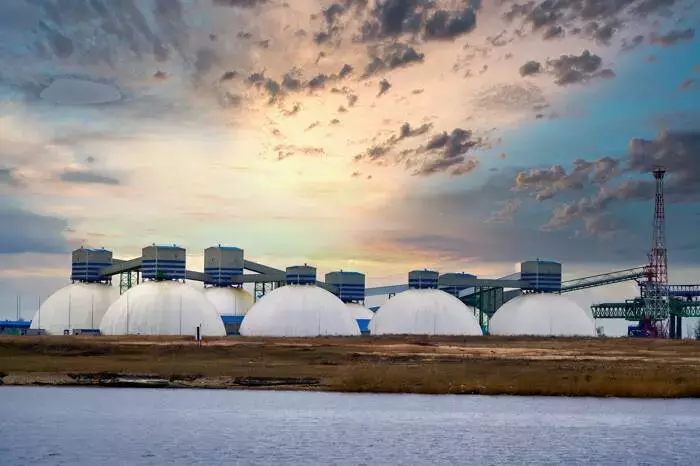Weathering the Storm: Resilience in the Face of Hurricane Helene's Disruption
Hurricane Helene, a powerful Category 4 storm, struck Florida on Thursday, leaving a trail of destruction in its wake. The storm's impact was felt across the Southeast, with millions left without power due to widespread outages. Despite the devastation, the U.S. natural gas industry has demonstrated remarkable resilience, with production levels remaining steady and storage volumes staying within the historical range.Navigating the Aftermath: Assessing the Impact on Natural Gas Production and Demand
Steady Production Amid the Storm
Early data indicates that dry gas production has remained close to 100 Bcf/day, with a notable 6.8% day-over-day increase in Gulf of Mexico output. This stability in production levels is a testament to the industry's preparedness and ability to withstand the challenges posed by natural disasters. Traders are closely monitoring the situation, as prolonged outages could potentially affect demand, leading to reduced gas consumption in the storm-hit regions.Navigating Storage Levels
According to the EIA, working gas in storage stood at 3,492 Bcf as of September 20, a net increase of 47 Bcf from the previous week. This level is 159 Bcf higher than last year and 233 Bcf above the five-year average, keeping inventories within the historical range. The market had anticipated a slightly larger build of 52 Bcf, reflecting the modest oversupply in the natural gas market.Adapting to Changing Dynamics
The impact of Hurricane Helene has prompted traders to closely monitor the potential effects on demand, particularly in the storm-hit regions. While the steady production levels and high storage volumes suggest a cautiously bearish outlook in the near term, any unexpected supply disruptions or increased LNG exports could trigger a shift in market sentiment, leading to bullish momentum.Exploring the Global Implications
The disruption caused by Hurricane Helene extends beyond the U.S. borders, as it coincides with Germany's efforts to scale up its LNG import capacity following the disruption of Russian supplies. The state-owned operator, Deutsche Energy Terminal GmbH, oversees two floating storage and regasification units (FSRUs) with plans to launch two more this year. While Germany has increased LNG imports to 5.5 million metric tons since 2022, the demand for new capacity lags behind, posing risks to Europe's gas market stability.Maintaining a Balanced Perspective
In the face of Hurricane Helene's disruption, the natural gas industry has demonstrated its resilience and adaptability. The steady production levels, high storage volumes, and the industry's ability to navigate global challenges have provided a sense of stability in the market. However, the situation remains fluid, and industry stakeholders must continue to monitor the evolving dynamics to make informed decisions and ensure the long-term sustainability of the natural gas sector.You May Like


